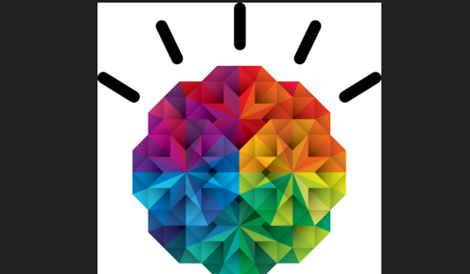IBM has added more applications to its PureSystems family, which provides industry-specific pre-configured components and servers to make it easier to handle big data and cloud deployments.
It said the new PureSystems models, PureDataSystem for Analytics for big data analysis and PureApplication System for faster cloud deployments, make it easier for companies with limited IT skills and resources to quickly uncover critical trends that can impact the business and provision, deploy and manage cloud environments.
PureSystems is built on IBM’s Flex System, which allows for easier management of cloud environments using an “out of the box” solution, integrating hardware and software.
Solutions cover the banking, education, government, healthcare, insurance and financial markets sectors and users include the New York Stock Exchange.
How PureSystems works
IBM PureSystems evangelist Tikiri Wanduragala told FOCUS PureSystems puts in place building blocks with approaches that can be reused for companies moving into the deployment of applications, cloud environments and big data.
“We started by looking at integrated platforms we had the market, like BladeCenter, and this brought us FlexSystems,” Wanduragala said.
“This has its routes in blade technology – it integrates servers, storage and networking. We specify the networking systems, storage systems and servers, but the customers can choose to use their own at any key point.”
Flex Systems has been designed to take between three and four generations of the next Intel processors, network switching and virtual storage, so customers can also make use of new products offered on the market.
FlexSystems forms the key building block with which PureSystems is designed around.
For PureApplication Systems, IBM places a management layer on top, providing a single pane of glass view of the environment that can be used for cloud provisioning, tracking applications and server and network provisioning. This is where MSPs and customers using the Cloud find the most value, Wanduragala said.
What is delivered is essentially a rack of compute, depending on the size of installation, containing Flex and Storage systems with software added on top.
“The idea is that the block is shipping to you, and everything lights up, and you can make choices on which cloud hypervisors you want to use, etc. And this will evolve with new applications and products added over time,”
PureApplication System allows deployment profiles to be set for dynamic upgrades of environments using a virtualized infrastructure. It essentially provides patterns for deployment and vendors and users alike are contribute patterns they have written for the system to a library, so code can be used across the PureSystems user group.
What’s new with PureSystems?
IBM said the new PureApplication System on POWER7+ can ease management of transaction and analytics applications in the cloud and provides additional options for MSPs across the PureSystems family including flexible financing options and specific MSP Editions to support new services models.
IBM said it also offers SmartCloud Desktop Infrastructure to ease management of virtual desktop solutions.
The new IBM PureData System for Analytics, powered by Netezza technology – an integrated architecture which provides “smarter analytics” using workload optimised systems, can offer 50% greater data capacity per rack and can crunch data three times faster, according to IBM.
It said this means it will appeal to companies managing more data but at the same time want to maintain efficiency in the data center.
The New York Stock Exchange (NYSE) is using PureData System for analytics to handle the data coming in through its trading systems, and to pick up trading anomalies.
NYSE Euronext Big Data Group and global head of Enterprise Data Architecture and Identity Access Management Emilie Werr said the solution provides scalability, simplicity and performance which speeds up the processes it undertakes.
“NYSE needs to store and analyse seven years of historical data and be able to search through approximately one terabyte of data per day, which amounts to hundreds in total,” Werr said.
“In our world [this] (PureData System) is a game changer when you look at the impact on businesses every second that passes.”
You can hear Tikiri Wanduragala explaining how PureSystems works here.

